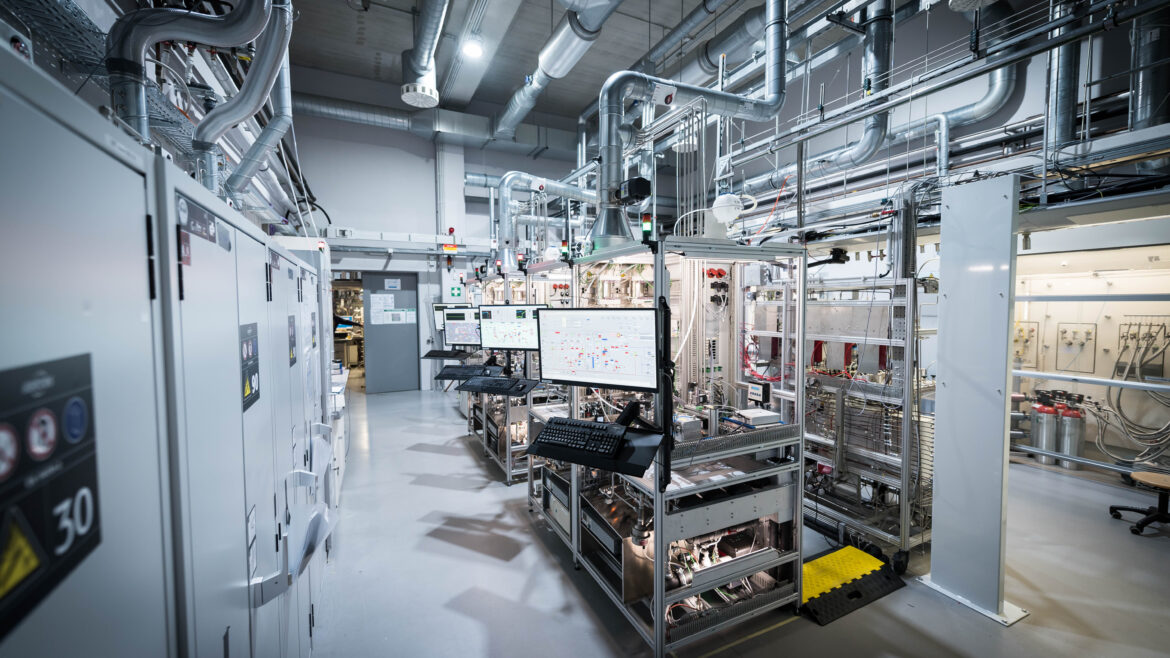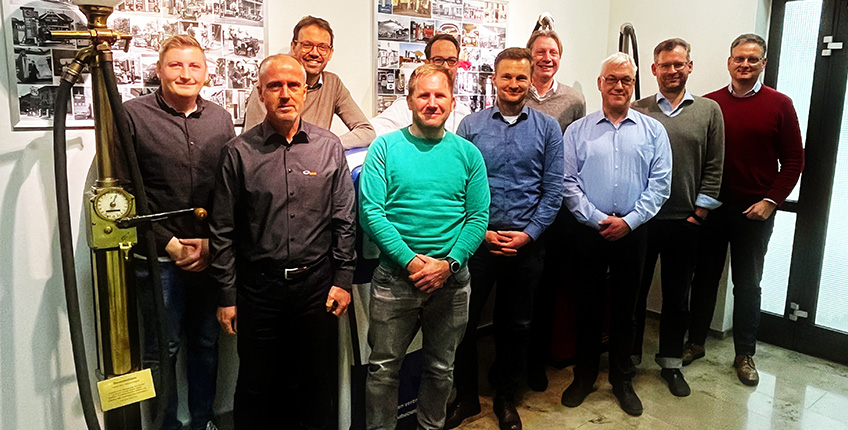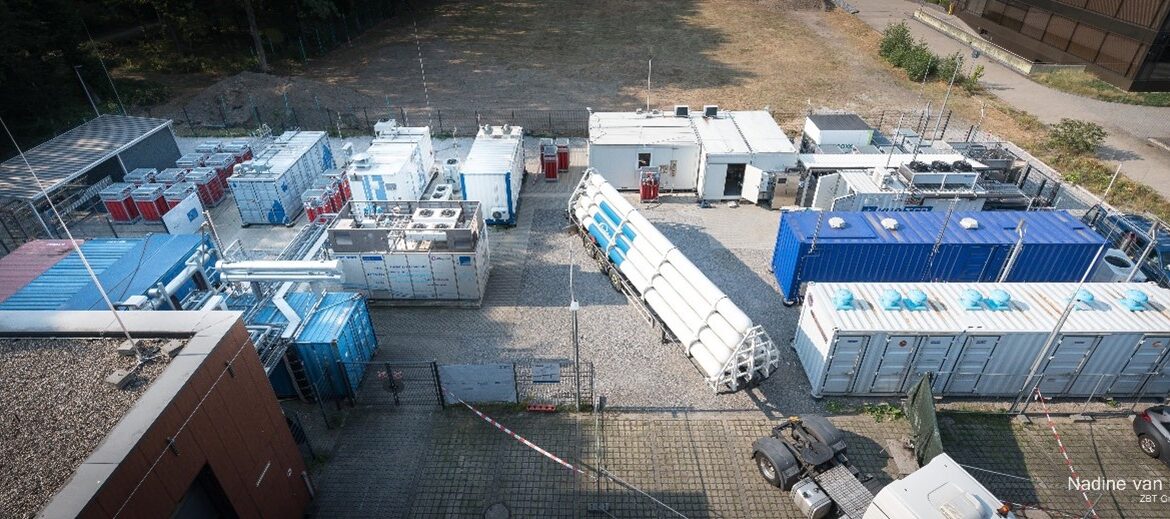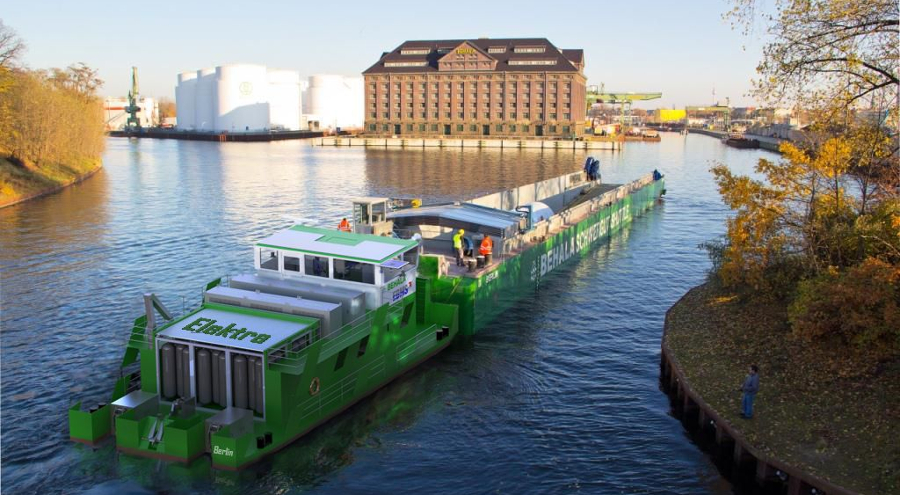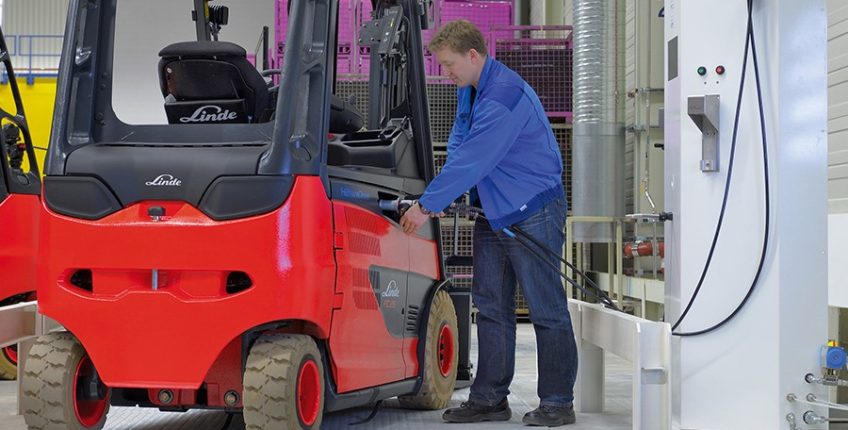Hydrogen and fuel cells are cornerstones on the road to emission-free mobility in Germany in the medium to long term. High priority is therefore being given to expanding the refueling infrastructure for hydrogen. The expansion of the hydrogen refueling station network will be carried out depending on the vehicle ramp-up or the regionally existing demand for hydrogen through corresponding mobile applications with fuel cells. In the future, hydrogen refueling stations will also be designed for refueling light and heavy commercial vehicles, as well as other mobility applications such as aviation and shipping.
Due to the cross-application requirements, there is a high need for research and development in the field of hydrogen refueling infrastructure. This includes, the development of safety-related communication interfaces for gaseous refueling, the development of refueling components, and systems development of multimodal hydrogen refueling stations with different supply chains and refueling procedures.
Regulations, Codes and Standards form the essential legal framework for the use and handling of hydrogen along the entire value chain. For this purpose, after implementation of the European “Alternative Fuels Infrastructure Directive” (AFID), specifications for hydrogen quality assurance (DIN EN 17124) and hydrogen refueling technology (DIN EN 17127) are legally binding in addition to the German Measurement and Calibration Act (MessEG, H2 quantity measurement). As such, there is still a great need for development and validation to address these aspects and to increase the performance while simultaneously reducing the costs of hydrogen refueling stations.
This section includes R&D projects with topics relating to hydrogen refueling infrastructure, such as hydrogen distribution and storage.
The hydrogen infrastructure is an essential building block when it comes to the market ramp-up of hydrogen mobility in road transport. Refueling stations already in operation today are primarily geared towards passenger cars fueled with 700 bar gaseous hydrogen. At the same time, the topic of commercial vehicles with fuel cell-electric drives is gaining momentum. In its overall concept for climate-friendly commercial vehicles, the BMDV addresses alternative drive technologies in road freight transport. Well-known manufacturers are also looking into the development of heavy commercial vehicles with fuel cell drives. However, there is still no agreement on how hydrogen is to be stored in heavy commercial vehicles and how it is then refueled and delivered. It is therefore to be expected, against the backdrop of announcements by numerous OEMs, that several different refueling technologies – and thus also hydrogen supply and refueling paths – will be developed.
Different mobility applications will have different hydrogen refueling infrastructure requirements. Many of the applications and the associated refueling infrastructure – including refueling protocols and systems – are still under research and development. Here you can find the R&D projects on mobility applications such as aviation, shipping, rail transport or intralogistics.


